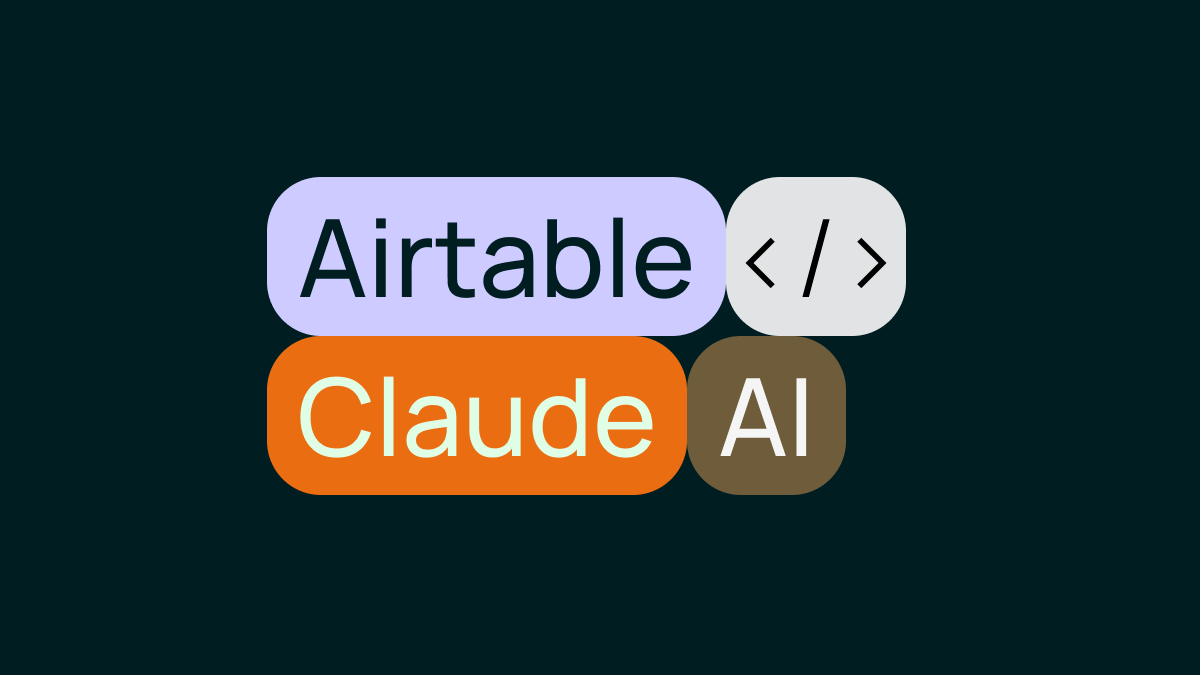What Is Agentic AI?
GenAI
B2B
AI Agent

Capitas Team
Agentic AI: A Strategic Imperative
The emergence of agentic AI marks a fundamental shift in enterprise technology capabilities. This analysis examines why business leaders should take notice and how they can position their organizations to capture value.
The Core Value Proposition
Agentic AI transforms traditional automation by introducing autonomous, goal-oriented systems. These systems deliver value through four capabilities: precise goal comprehension and alignment, systematic multistep planning, autonomous operation across workflows, and dynamic adaptation to changing conditions.
Market Trajectory
Academic researchers have explored agentic AI concepts for years, but technological breakthroughs have recently sparked intense market interest. Our analysis shows that while many current "agent" solutions are rebranded features or limited prototypes, 2025 will likely see the emergence of enterprise-grade agents across domains, both enhancing existing applications and enabling new use cases.
Implementation Barriers
Five critical challenges currently limit widespread adoption:
1. Performance limitations in complex environments
Agents excel within controlled parameters but face significant challenges when confronted with variable, unpredictable contexts requiring sophisticated judgment and adaptation.
2. Decision-making transparency
The "black box" nature of agent decision processes makes it difficult for organizations to validate choices, trace errors, and implement corrective measures when needed.
3. Workflow documentation gaps
Most enterprise workflows remain poorly documented, limiting agents' ability to understand and navigate existing business processes effectively.
4. Orchestration framework immaturity
Current architectures lack robust mechanisms for coordinating multiple agents, preventing effective collaboration and creating potential conflicts in multi-agent deployments.
5. Technical infrastructure constraints
Suboptimal data quality and inadequate system integration capabilities create fundamental barriers to agent effectiveness, limiting their ability to access and act on critical information.
Workforce Transformation
Agentic AI will reshape work across multiple dimensions. Employees will transition from task execution to agent supervision, while democratized technical capabilities expand role boundaries. Decision-making will become more distributed and accelerated, though human collaboration remains essential. Organizations must also strengthen risk management to address potential unintended consequences.
Action Plan for Business Leaders
Five initiatives to capture the agentic AI opportunity:
1. Strategic deployment focused on ROI
Target agent implementations where clear business value intersects with mature vendor capabilities, prioritizing use cases that offer measurable returns and align with organizational priorities.
2. Accelerated experimentation
Implement rapid testing and iteration cycles to match the unprecedented pace of agentic AI evolution, allowing organizations to gain practical insights while minimizing investment risks.
3. Infrastructure readiness
Build robust data foundations and integration frameworks before deployment, ensuring agents can access clean, reliable data and seamlessly connect with existing systems.
4. Platform connectivity assessment
Rigorously evaluate potential solutions for their ability to integrate with enterprise systems, avoiding isolated implementations that could create future technical debt.
5. Learning organization development
Foster an environment that encourages experimentation, rewards innovative thinking, and systematically captures insights to accelerate organizational learning about agent capabilities.
Strategic Imperatives
Organizations that move decisively while maintaining strategic discipline will capture disproportionate value from agentic AI. Success requires balancing bold vision with pragmatic execution while developing the capabilities needed for sustained competitive advantage.


